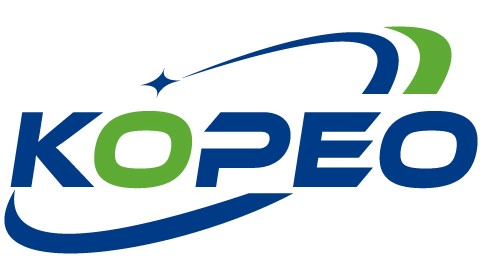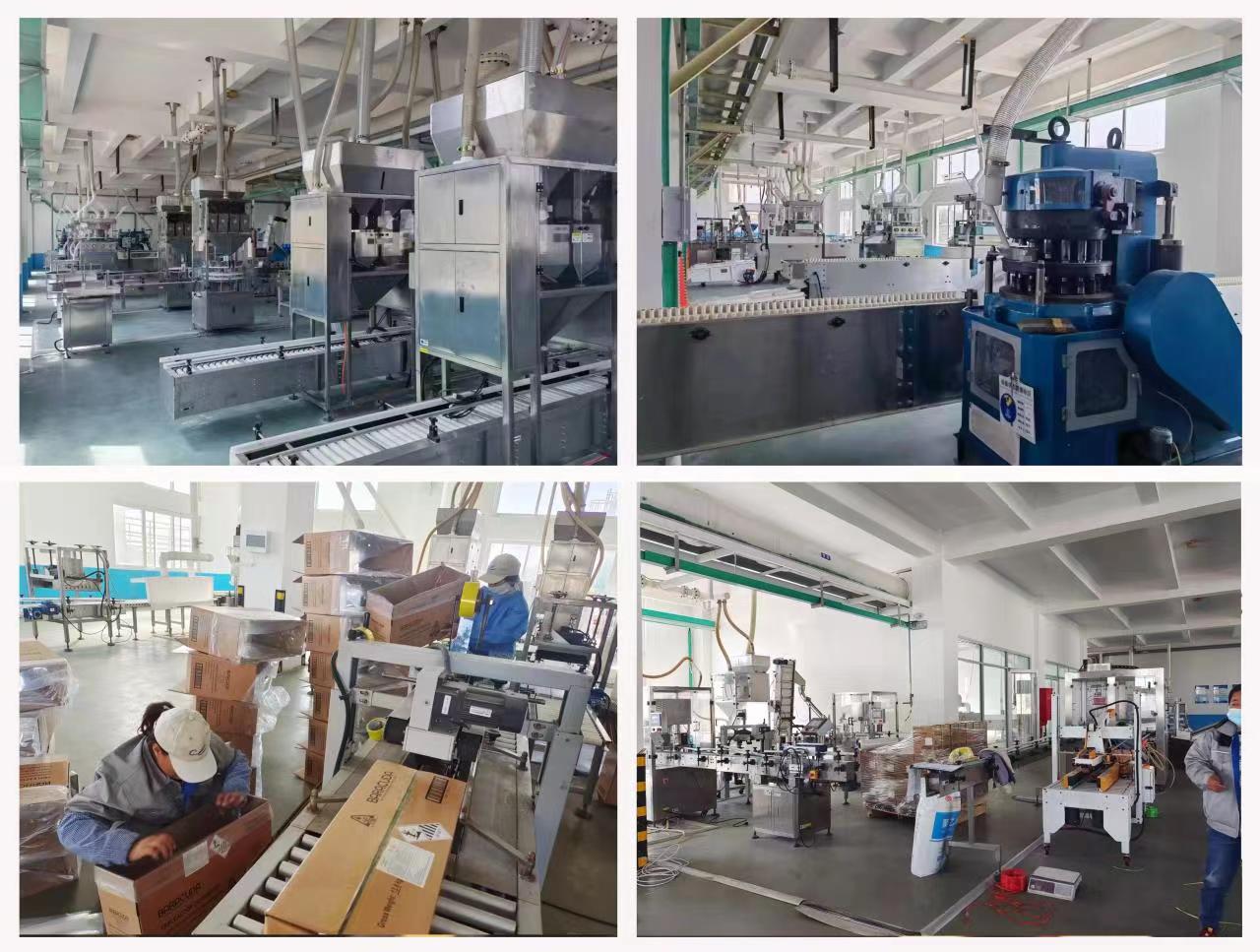1 / 4
High water retention HEMC Chemical for Construction Industry
| Brand Name : | kopeo |
|---|---|
| CAS No. : | 9032-42-2 |
Puyang, Henan, China
- Agent
- Distributor/Wholesaler
- Manufacturer
- Organization
- Retailer
- Service
- Trade Company
- Other
- Gold Supplier

- Platform Certification


Product description
Introduction of Hydroxyethyl Methyl Cellulose
Hydroxyethyl methyl cellulose (HEMC) is produced by introducing ethylene oxide substituents (MS0.3~0.4) into methyl cellulose (MC), and belongs to the category of Coating Intermediates.
Name:Hydroxyethyl methyl cellulose
CAS No.:9032-42-2
Molecular Formula:C2H6O2-xCH4O-x
Properties of hydroxyethyl methyl cellulose
Density:1.28-1.30g/cm3(20℃)
Storage condition:Storebelow+30°C
Solubility:H2O:20mg/mChemicalbookL,soluble
EPA Chemical Information:Cellulose,2-hydroxyethylmethylether(9032-42-2)
Hydroxyethyl methylcellulose (HEMC) is similar to hydroxyethylcellulose (HEC) and is resistant to most salts. The presence of methyl groups creates surface activity on the intermediate methyl cellulose and hydroxyethyl cellulose.
Properties of hydroxyethyl methyl cellulose
Hydroxyethyl Methyl Cellulose is a non-ionic polymer in the form of white or off-white powder, easily soluble in cold water but insoluble in hot water, the solution shows strong pseudoplasticity and provides high shear viscosity.HEMC is mainly used as an adhesive, protective colloid, thickener and stabilizer as well as emulsification additives.
1. Solubility: soluble in water and some organic solvents. It can be dissolved in cold water, its highest concentration is only determined by the viscosity, the solubility changes with the viscosity, the lower the viscosity, the greater the solubility.
2. Salt resistance: the product is non-ionic cellulose ether, and is not a polymerization electrolyte, so in the presence of metal salts or organic electrolytes, it is relatively stable in aqueous solution, but excessive addition of electrolytes can cause gelation and precipitation.
3. Surface activity:Because the aqueous solution has the function of surface activity, it can be used as colloid protector, emulsifier and dispersant.
4. Thermal gelation: the product aqueous solution when heated to a certain temperature, become opaque, gel, the formation of precipitation, but in the continuous cooling, it is back to the original solution state, and the temperature at which this gelation and precipitation occurs depends mainly on their lubricants, suspending agents, protective colloids, emulsifiers and so on.
5. Metabolism: metabolism inert and low odor and flavor, because they will not be metabolized and low odor and flavor, so they are widely used in food and medicine.
6. Mildew Resistance: It has relatively good mildew resistance and good viscosity stability in long-term storage.

Company information
The company's main import and export products include
(1)Organic raw materials are widely used and can be divided into three aspects: one is the raw material used to produce polymer chemical products, that is, the monomer for polymerization; the other is used in other organic chemical industries, including raw materials for fine chemical products; Used in solvents, refrigerants, antifreezes, gas adsorbents, etc. Basic organic chemicals are the basis for the development of various organic chemical products and are a major component of modern industrial structures.
(2)Petrochemicals:The chemical isolated or derived from petroleum or natural gas.Petrochemicals are everywhere and are integral to modern societies. They include plastics, fertilisers, packaging, clothing, digital devices, medical equipment, detergents, tires and many others. They are also found in many parts of the modern energy system, including solar panels, wind turbine blades, batteries, thermal insulation for buildings, and electric vehicle parts.

Puyang, Henan, China
- Agent
- Distributor/Wholesaler
- Manufacturer
- Organization
- Retailer
- Service
- Trade Company
- Other
- Gold Supplier

- Platform Certification

Send your inquiry to this supplier




















